Read the latest blogs from across our work within the secondary breast cancer community. From blogs on fundraising, research findings, information sharing, corporate achievements, community support and stories, celebrate with us as we work together to Make 2nds Count.
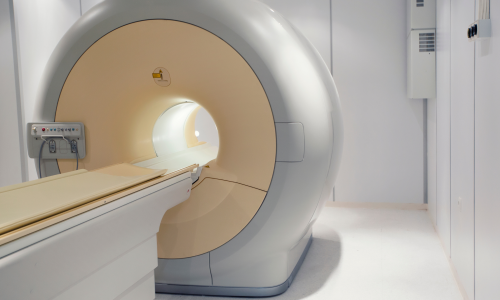
Patient Testimony: MRI Scan
Magnetic resonance imaging (MRI) is a scan that uses strong magnetic fields and radio waves to produce detailed images of the inside of the body. They can be used to examine many parts of the body.

Patient Testimony: CT Scan
CT scans (computer tomography/CAT) use X-rays along with a computer to create a detailed image of a portion inside the body including organs, blood vessels and bones. They are often used in cancer treatment to diagnose where metastasis are and to monitor progression of disease.
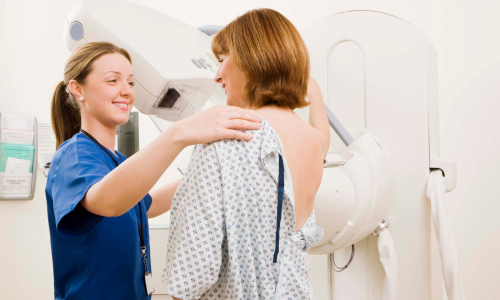
Patient Testimony: Mammogram
Breast screening in the form of a mammogram is provided to all women between the age of 50 and 71 every 3 years, as the likelihood of getting breast cancer increases with age. It has been debated recently in parliament, to bring the age of screening down, with the increased number of younger women being diagnosed, however the Government have not changed the age of screening.
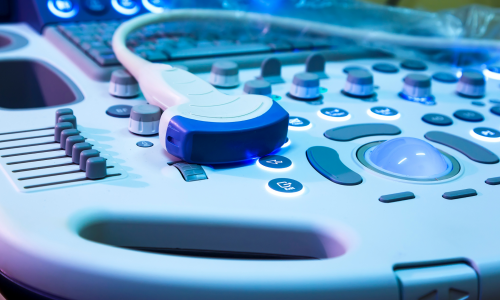
Patient Testimony: Ultrasound
An ultrasound scan is a diagnostic procedure that creates an image from a body part inside the body from high-frequency sound waves. Ultrasound scans don’t have any known risks like other imaging examinations as there is no exposure to radiation.
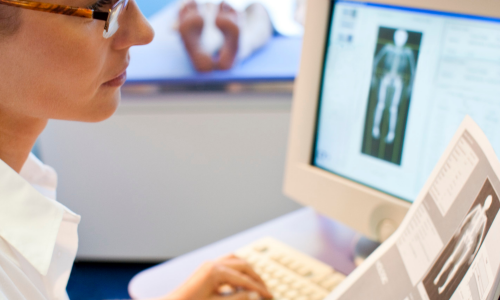
Patient Testimony: Bone Density Scan
Bone Density Scans or Dual Energy X-Ray Absorptiometry (DEXA) scans, use a low dose of X-ray to establish the density (or strength) of bones. Bone density scans are used to diagnose or assess the risk of osteoporosis, a condition that makes bones weak and likely to break (fracture).
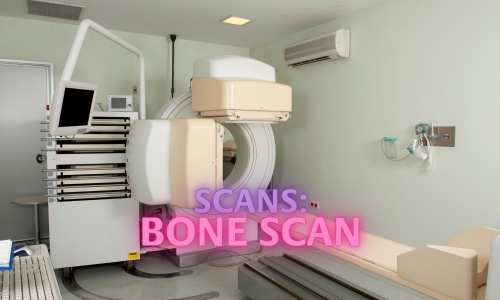
Scans: Bone Scan
A diagnosis of secondary breast cancer often comes after severe chronic pain in the back or joints which is caused when the cancer has metastasised to other parts of the body and in particular to the bones. Your Oncologist is the person who would refer you for a bone scan.
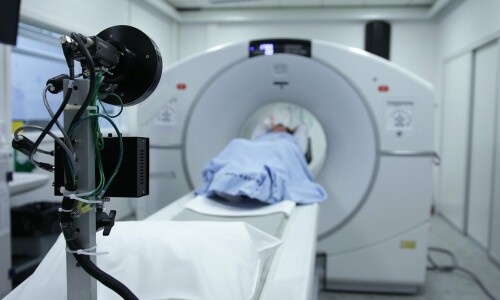
Scans: CT Scan
A secondary breast cancer diagnosis often comes soon after a diagnosis for primary cancer. A cancer is considered metastatic (or secondary) when it spreads to a new part of the body.
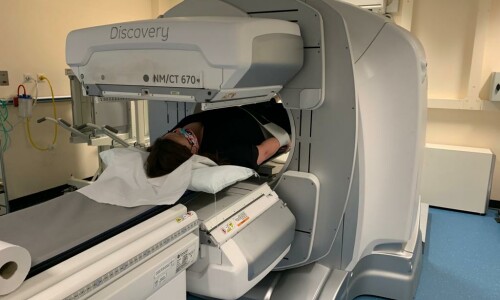
Scans: MRI
A secondary breast cancer diagnosis is life changing. Over the past months, we’ve heard from members of the Make 2nds Count Community who have told us about their journey and explained how much of a learning curve they’ve been on.

